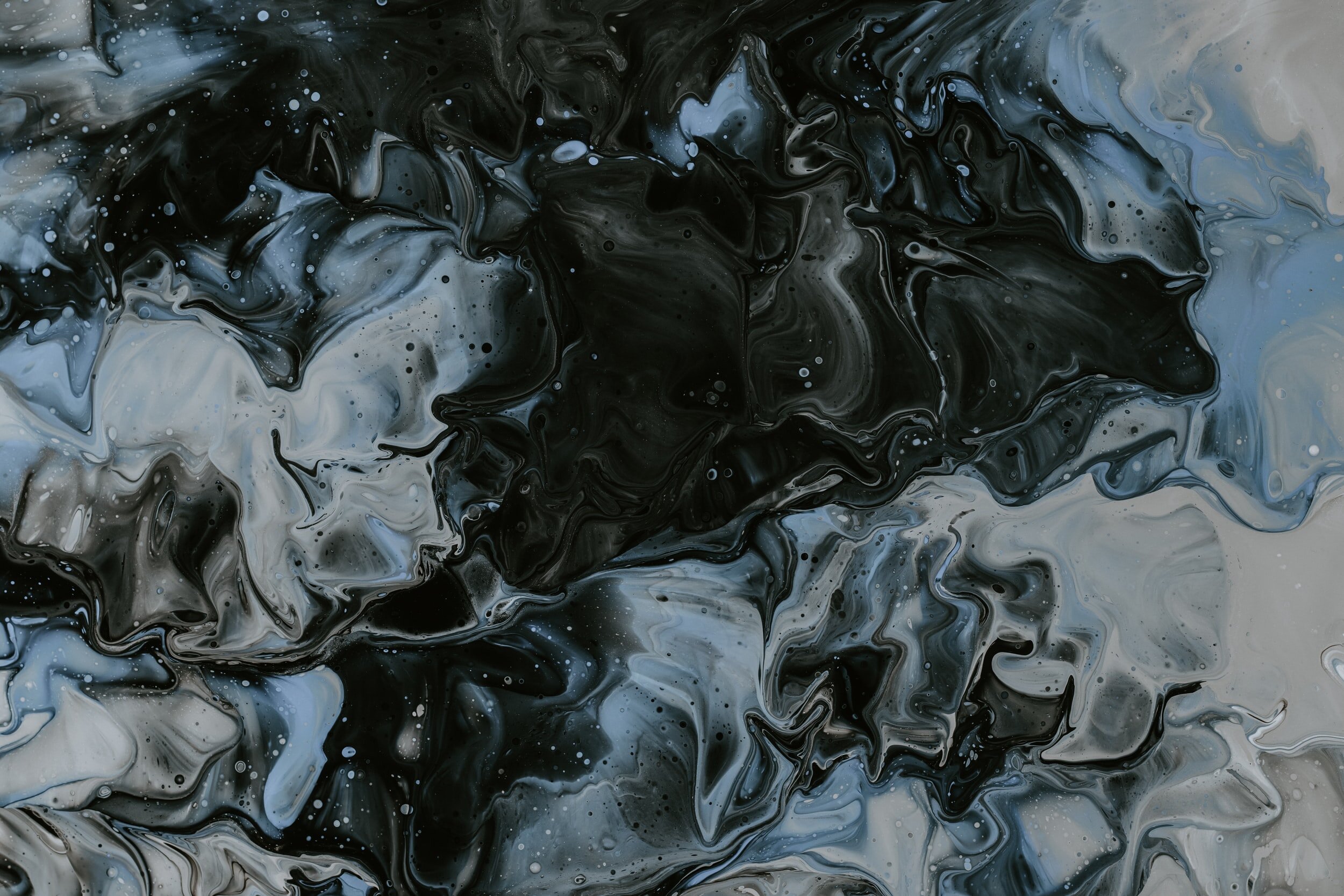Dorsey Kaufmann
Dorsey Kaufmann is a multimedia artist who works in Arizona.
Dorsey Kaufmann is a multimedia artist who works closely with environmental justice communities in Arizona that neighbor toxic mining waste. Through her interactions with community members, miners, labor organizers, and environmental researchers, she employs film, animation, and sculpture installations to embody the legacy of contamination in these towns and preserve the environmental histories as told by the people living in the aftermath of mining in the U.S. rural Southwest. Her practice further examines the conflict among corporations, government, and community health and highlights the combatting motives, perspectives, and narratives of each.
“Dorsey Kaufmann’s series Years of Lost Life exemplifies the power of when art and science merge. The project, that visualizes the dangers to a whole community in the Sonoran Desert due to corporate mining, is clearly well researched and experiments with various forms in which to present the findings conceptually and with a clear educational baseline. Together, the works in the series act as a body of evidence to this ongoing problem in Kaufmann’s local region. Kaufmann is clearly committed as an artist to the politics of the environment and to using her artistic voice as a tool for inquiry and change.”
ArtConnect asked the winning artists to share with us a glimpse into their creative life to get a sense of their personal inspiration and artistic process.
How would you describe your artistic approach?
My approach is grounded in historical materialism. The material is what I document and collect and make art from in a way that reflects on its existence and placement. Material can be mining waste, a remnant of industrial activity, an old print ad - it is a seen and felt object that is part of a place's history.
And how did you get started as an artist?
I've always, in a sense, been an artist. When I was young, I would dance to express myself. That translated into a fascination with various time-based media as I grew up. For me, art always felt like the only way to communicate all of the complexities of life and human existence.
Dorsey Kaufmann’s studio
Where do you look for sources of inspiration?
I am inspired by those who are artists in their own right but do not necessarily assume the identity. People who preserve old traditions and culture, cooks, historians, critical ecologists, and people who make things in their spare time all inspire me.
What are the biggest challenges you’ve faced as an artist?
A challenge I still face is considering the authorship of the work and knowing the balance of self and community that goes into the work. My practice is rooted in the people I've interacted with, many of whom have entrusted me with their stories or environmental samples, so I have a responsibility to them and what they share, but I also have to possess self-awareness of how I approach the making and re-telling.
Describe a typical day in the studio/wherever you make your work.
I consider my studio to be mostly outside - like I'm doing fieldwork. I travel frequently to mining communities in Arizona, collect slag rock, press plants, take photos, and talk with people. When it's time to make the work, I go to community spaces like the Sonoran Glass School, Xerocraft maker space, or Dr. Ramírez-Andreotta's environmental lab to measure, weigh, kiln-cast, or assemble media.
What are you currently working on and what’s coming up next for you?
I'm currently working on a film and accompanying book with Kunal Palawat, a terrestrial biogeochemist and critical ecologist that will be shown at the Sonic Acts Academy festival in Amsterdam. Our discourse is centered around the abolition of systems that profit from chemical harm to bodies and the environment, and the use of art as a method to induce a reimagining of what our cultures’ relationships to land and extraction can be.
Is there a medium, a process, or a technique that you haven't used in your work yet but would like to try out?
I would like to make a large, site-specific sculpture for a new body of work sometime in the future. I have not yet explored creating a piece that would become a semi-permanent or permanent part of a place and its landscape.
How does it feel to be selected as an ArtConnect Artist to Watch?
It feels wonderful, I'm excited to see all of the artists that were also selected. Having a platform to connect all of us is essential.
See more of Dorsey Kaufmann’s work

Discover Contemporary Art
ArtConnect is the leading destination to discover emerging contemporary artists worldwide.









